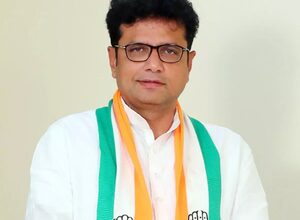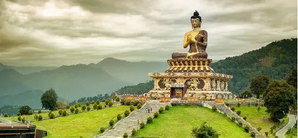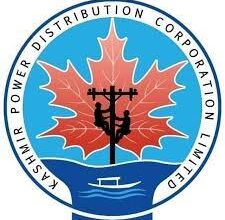Decentralised renewable energy helps meeting rural electricity needs: Report
New Delhi, Oct 26 (IANS) WRI India’s new report, A Spoonful of Solar to Help the Medicine Go Down: Exploring synergies between health care and energy, on Thursday, highlighted the critical role decentralised renewable energy (DRE) plays in meeting the energy needs in rural and peri-urban health facilities in India.
The report was launched at an event in the national capital, which brought together policymakers, health practitioners, philanthropic organizations, civil society, financial institutions, solar companies and research organisations to discuss the challenges and opportunities DRE offers in electrifying the health sector.
The report analyzes 22 decentralised solar energy interventions implemented in health facilities across six states: Assam, Chhattisgarh, Jharkhand, Karnataka, Meghalaya, and Odisha. Located in remote regions such as Barbheta, Jorhat district in Assam and Patewa, Mahasamund district in Odisha, these facilities benefitted greatly from the DRE installations, the research indicated.
A culmination of this research, illustrates how remote health facilities, which are either unelectrified or function with unreliable grid electricity, could access DRE to improve their service delivery and support more patients.
With its ground research covering some of the worst Covid-19 months, the study also builds a case on how DRE helped these remote hospitals function optimally during the pandemic, as access to reliable electricity improved their efficiency in admitting and treating patients, conducting tests and scans, and for vaccine storage, among other medical requirements.
The report is based on extensive literature review, in-person interviews and field visits to the health facilities.
The report findings indicate: Solar energy enhanced and complemented the energy supply to health facilities in most cases, also bringing positive impacts in terms of reliability and affordability.
Developing decentralized energy solutions for the health sector would require extensive analysis of the present and future energy needs of remote health facilities, in particular. Publicly allocating funding through state budgets, specifically for public and not-for-profit health facility electrification, can help achieve universal health coverage, with support from corporate social responsibility (CSR) and philanthropic sources.
And, beyond DRE interventions, energy efficiency measures are essential to help optimize the energy demand which will help design more robust solutions.
Rahul Srinivasan, Senior Energy Specialist, Sustainable Energy for All, said: “SDG-3 (Health), SDG-7 (Environment) and SDG-13 (Climate) are intrinsically linked, and cross sectoral action is essential to address development challenges at this nexus.
“India can meet universal health goals with the help of distributed renewable energy, which essentially means that India can meet its RE and climate targets while simultaneously achieving positive health outcomes.”
Marion Cros, Senior Economist (Health), World Bank, said: “WRI India’s report launch is very timely and important. It emphasises the need for more efficient financial allocations in the health sector — not necessarily increasing the budget but also improving the efficient use of allocated budget can increase the availability of funds available for development and identifying relevant mechanisms to finance facilities.” Electricity plays an indispensable role in healthcare, as was evidenced during the Covid-19 pandemic.
“Such a quantitative and qualitative impact assessment of the health outcomes and socio-economic development of the community will help inform policymaking for incorporating DRE solutions for rural and remote health facilities. India is in a unique position of trying to meet its development goals while also achieving renewable energy targets. This approach can enable the country to meet these twin objectives,” said Bharath Jairaj, Executive Director, Energy Program, WRI India.
–IANS
vg/pgh




